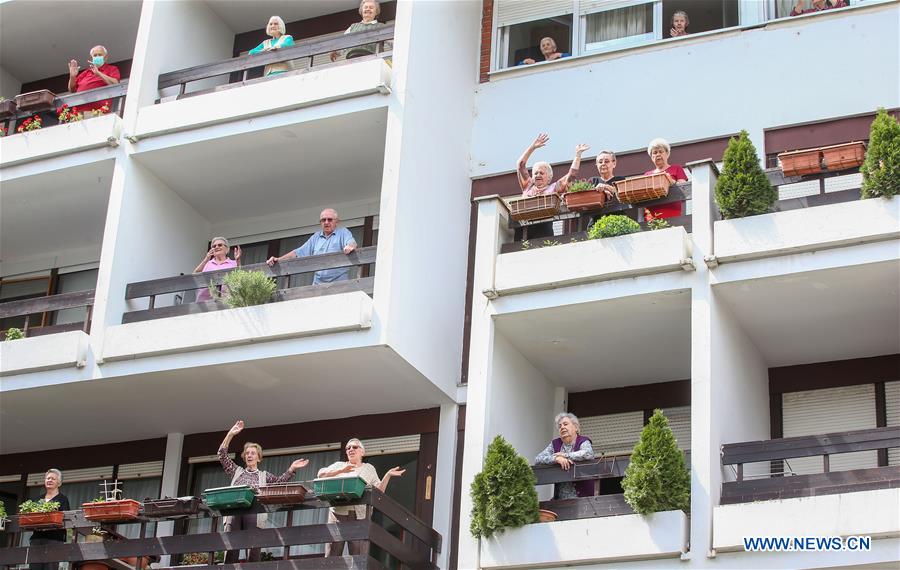Celebrating International Dance Day
- By Eugene Clark
 0 Comment(s)
0 Comment(s) Print
Print E-mail China.org.cn, May 3, 2020
E-mail China.org.cn, May 3, 2020

International Dance Day is celebrated around the world each year on April 29. The day was devised by the Dance Committee of the International Theatre Institute (ITI), which is associated with the performing arts section of UNESCO.
The day corresponds with the birth of Jean Georges Noverre, creator of modern ballet, with the purpose of celebrating the important role dance plays in society and the value of dance education.
Dance is very popular in China and plays an important social role. It takes many forms from ballet in all its forms to a wide range of folk dances and rituals from numerous ethnic groups across China. Internationally, the Chinese Dragon dance and the Lion dance have a wide following.
I have teamed up in this article with good friend, Christina Lordache Yeo, of Sydney Dance Rhythms, who describes some of the benefits of dance:
Dancing has always had a special place in my heart, and, I guess many people can say the same. Everything that surrounds us has rhythm, starting with our heart beat. We have an instinctive ability to respond to the rhythm and tempo of music since birth. Babies move to music before they can even articulate words.
Dancing is not just about putting on a show. There are so many other benefits than performing to entertain people promoting excitement.
For toddlers, dancing encourages them to be themselves and express their emotions, to socialize with others and exchange emotions.
When dancing takes place under the guidance of a dance instructor, children of any age will develop movement control, coordination and strength by using different muscles in different sequences. They also develop listening and understanding skills, learn respect and develop social awareness.
The benefits of dancing for the young students are as follows:
● Improved coordination; children can move different body parts in different sequences simultaneously;
● Enhanced emotional development: children learn how to interpret music and express themselves through the joy of dancing;
● Improved self-esteem and confidence: by equipping them with dance moves, freedom of interpreting music through dance, and allowing them to perform in front of an audience, students grow in confidence and start believing in their own strengths;
● Improved social awareness: by working in groups and as part of a team, students will develop a sense of team-work, cooperation, and make many friends.
● Enhanced cognitive development: the dance students follow a strict timetable and lesson structure, which teaches them self-discipline and time management. These are skills transferable to all aspects of their life: school, work, etc.
Dancing is for everyone, and is especially beneficial for the elderly as evidenced by the popularity of many dancing groups seen all over China. Indeed, studies have found that low impact dance by people in their 80's significantly reduced the amount of pain medication needed to be taken.
Dancing helps with depression, memory, flexibility, over all conditioning and more. Famous dancer and choreographer, Martha Graham, wrote "Dance is the hidden language of the soul." And, as philosopher Friedrich Nietzsche noted: "We should consider every day lost on which we have not danced at least once."
Let us hope that COVID-19 will be soon behind us so that we may once again, get back into the dance of life and celebrate all of the wonderful benefits it can bring.
Eugene Clark is a columnist with China.org.cn. For more information please visit:
http://91dzs.com/opinion/eugeneclark.htm
Opinion articles reflect the views of their authors only, not necessarily those of China.org.cn.
If you would like to contribute, please contact us at opinion@china.org.cn.



 Add your comments...
Add your comments...

